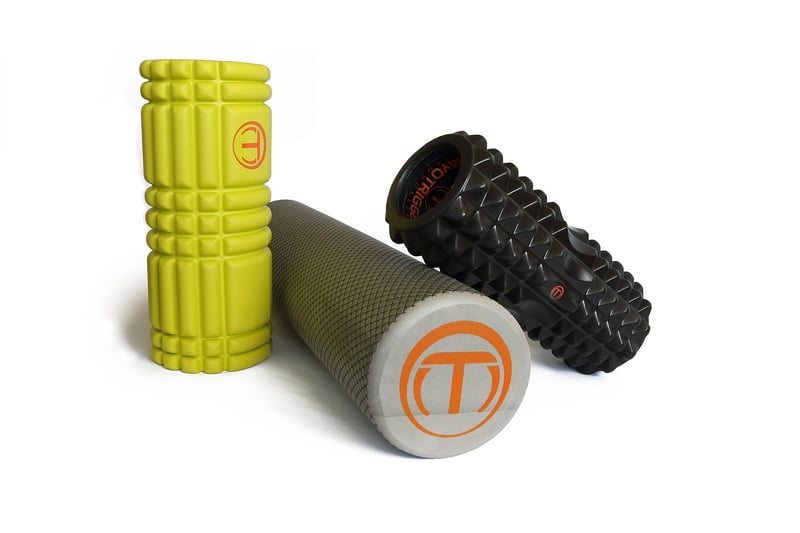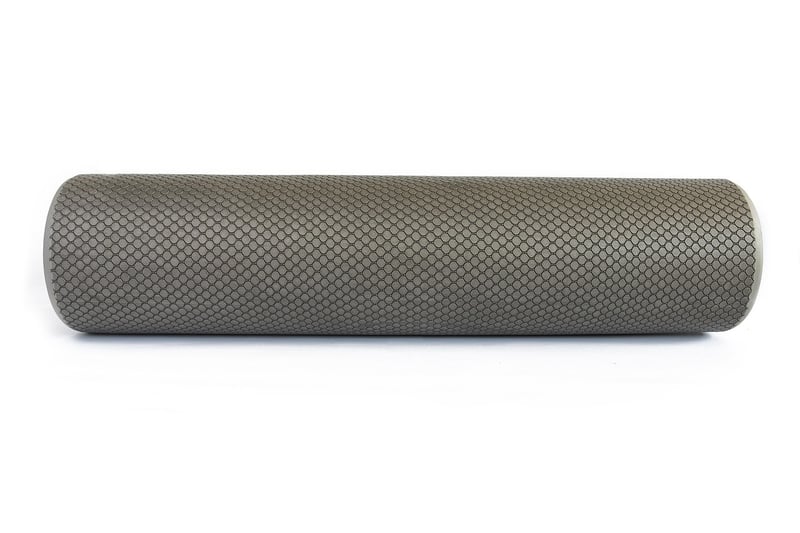Myofascial Release
Muscle Tension Relief and Myofascial Release Techniques
Dealing with muscle tension and stiffness can be a common issue for many individuals, whether due to stress, poor posture, or physical activity. One effective method for alleviating muscle tightness is through myofascial release techniques. Myofascial release focuses on the fascia, a connective tissue that surrounds muscles, and aims to improve flexibility, reduce pain, and enhance overall mobility. Let's explore some techniques to help you find relief from muscle tension.
1. Foam Rolling
Foam rolling is a popular self-myofascial release technique that involves using a foam roller to apply pressure to specific areas of the body. By rolling over tight muscles, you can help release tension and improve blood flow, promoting faster recovery and reducing soreness.

2. Trigger Point Therapy
Trigger points are specific areas of muscle tightness that can cause pain and discomfort. Trigger point therapy involves applying pressure to these points to release tension and alleviate pain. This technique can be done using massage balls or by applying pressure with your fingers.

3. Stretching Exercises
Regular stretching is crucial for maintaining muscle flexibility and preventing tension buildup. Incorporating dynamic and static stretches into your daily routine can help improve muscle elasticity and reduce the risk of injury.

4. Massage Therapy
Professional massage therapy can be a highly effective way to address muscle tension and promote relaxation. Various massage techniques, such as Swedish massage, deep tissue massage, and sports massage, can target specific areas of tightness and help release muscle tension.

5. Hydration and Nutrition
Staying hydrated and consuming a balanced diet rich in nutrients can support muscle health and recovery. Drinking an adequate amount of water and incorporating foods high in magnesium, potassium, and antioxidants can help reduce muscle cramps and promote muscle relaxation.
By incorporating these myofascial release techniques into your routine and prioritizing muscle health, you can effectively manage muscle tension, improve flexibility, and enhance overall well-being.
